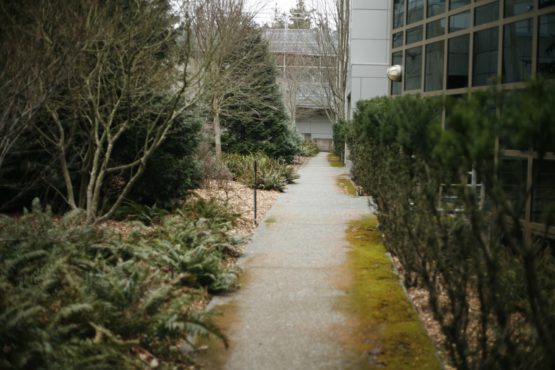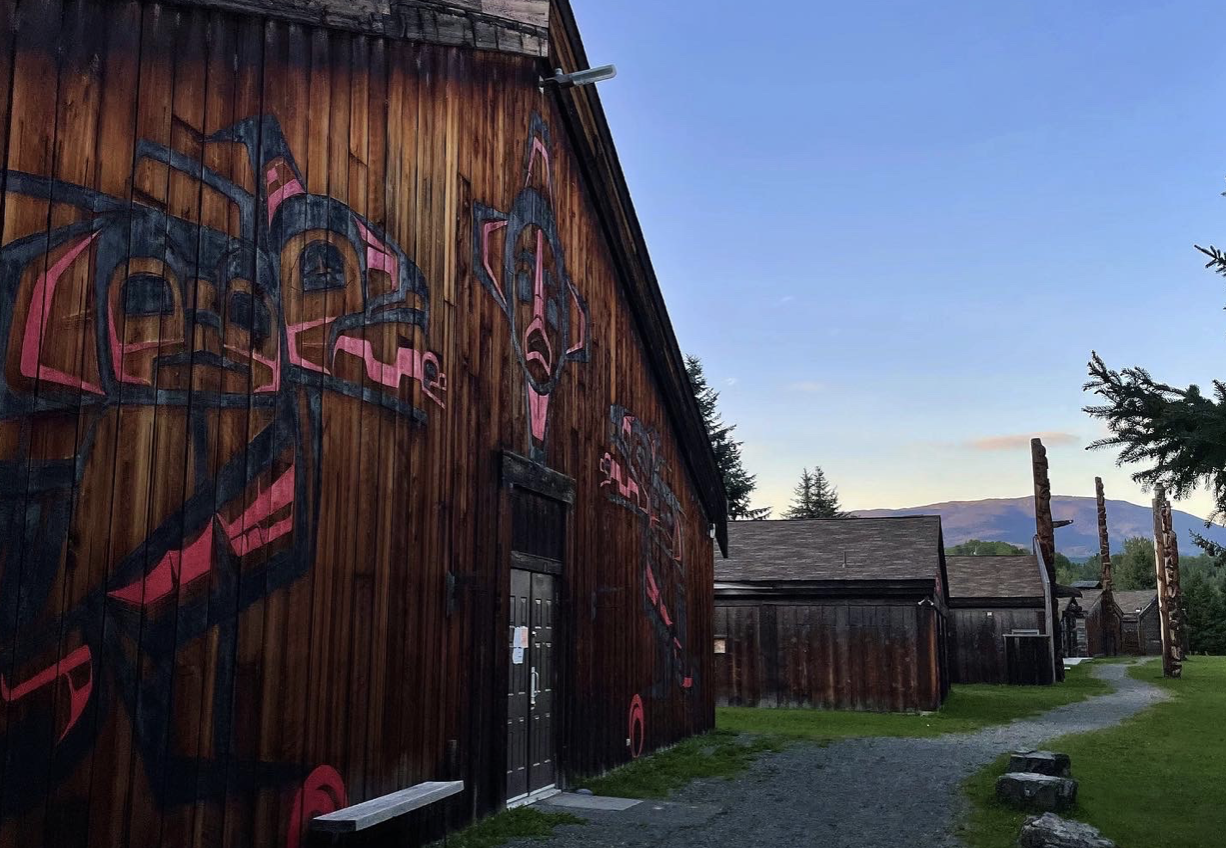
Photo by Belle White, Photo Editor.
Members of the Vancouver Island Public Interest Research Group (VIPIRG) are undertaking a new approach to tackling issues of sexualized violence on campus — one that will feature the anonymously contributed narratives of survivors who have experienced sexualized violence from university faculty and staff. The research also builds on the organization’s current work in empowering survivors on campus.
“We really want to be on the front lines, talking to students, and soliciting their opinions,” said Anureet Lotay, Research Coordinator for VIPIRG, elaborating upon the goals first stated when the Martlet reached out about this project on December 5. “We really want to engage students in this, and not just be another research body that puts out research and gets published somewhere and then it’s gone forever.”
Typically, VIPIRG conducts research for their projects through community-based surveys, focus groups, or interviews, which culminates in a lengthy report and subsequent outreach initiatives. But in an effort to present more accessible and survivor-focused engagement opportunities, Lotay said that she felt a narrative-based approach would help bring more of a human face to an issue so often dominated by statistics.
Beginning in early February, survivors can submit their stories — conveyed through written or visual mediums — anonymously to VIPIRG through a dropbox.
“We [want this project] to allow individuals to express themselves beyond text, so if visuals are something that help them … express their experience better, we also wanted them to have the opportunity to do that,” said Lotay.
Any students, members of UVic faculty and staff, and community members who have experiences with inappropriate behaviour or sexualized violence within a power imbalance are encouraged to contribute. Throughout the narrative collection phase of this project, which Lotay estimates will last until April, VIPIRG will be tabling on campus to promote discussion and awareness about their project.
By approaching the larger issue of sexualized violence on campus through this smaller scope, VIPIRG hopes they can find manageable ways to mitigate damage from sexualized violence and tackle obstacles for reporting. Situations of sexualized violence between students and university faculty or staff is a topic that Lotay feels requires more statistical analysis and research than is currently available, particularly in Canada.
In places where research has been conducted, the statistics can be alarming — out of a study of 1839 students in higher education conducted by the National Union of Students in the United Kingdom, 41 per cent of students had experienced sexual misconduct by staff members.
♦
“Our goals are to bring awareness to this issue, understand the scale of the problem at UVic and possibly other post-secondary institutions in Victoria, provide people with an outlet for their stories, and potentially help create change to empower students and create a safer campus.”
♦
The individuals at VIPIRG aren’t experts on sexualized violence, Lotay said, but they intend to work with the groups at UVic that are. VIPIRG is currently in the process of consulting UVic organizations and offices involved with supporting survivors of sexualized violence.
To that end, Lotay has begun collaborating with the Anti-Violence Project, a student-run group working to end gender-based violence through support and education programs. She’s also looking to meet with UVic’s Sexualized Violence Education and Prevention Coordinator, Leah Shumka, to discuss the university’s Sexualized Violence Prevention and Response policy that was implemented in 2017.
“We would like as much consultation as possible to make sure that we’re doing it the right way,” Lotay said. “Ethically, [so] that it’s trauma-informed [and] survivor-centred.”
Through these consultations, Lotay aims to gain assurance from the university that any narratives gained through this project won’t be subject to further scrutiny, particularly since VIPIRG intends to remove all identifying information from the stories to keep survivors anonymous. This will be done not only to protect survivors, she says, but also in the hopes of empowering them to feel comfortable sharing their visual and written narratives.
How will the results be presented? Lotay has several ideas that she is looking to base on the input and narratives VIPIRG receives over the next few months. Ideally, she says, it will be an interactive display where members of the community can actively engage with the stories of survivors that are so often silenced within institutional power dynamics.
Additionally, VIPIRG will work with the Victoria Sexual Assault Centre to create a resource guide of support systems for students.
Through this evolved methodology, Lotay hopes VIPIRG can break down some of the barriers survivors face in situations of sexualized violence and toxic power dynamics.
“Interactions between a student and faculty/staff member can be fraught with complexity … In the context of inappropriate behaviour to sexual violence, students can face added barriers in seeking help and/or reporting such incidents,” Lotay said.
“Our goals are to bring awareness to this issue, understand the scale of the problem at UVic and possibly other post-secondary institutions in Victoria, provide people with an outlet for their stories, and potentially help create change to empower students and create a safer campus.”
Anyone on the campus community interested in sharing their ideas or suggestions on this project is encouraged to contact Lotay at research@vipirg.ca.








